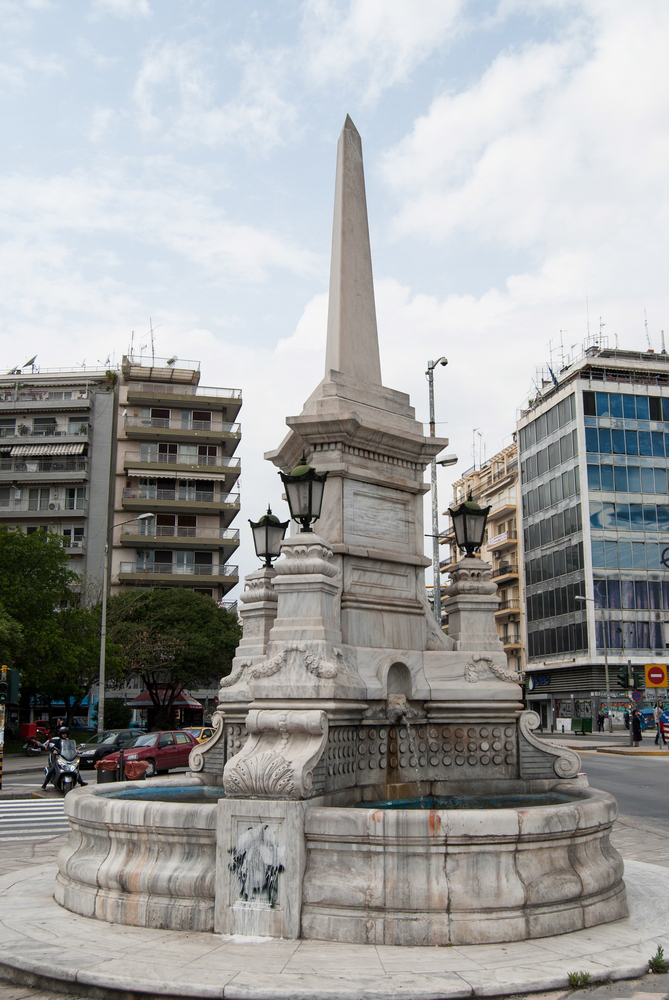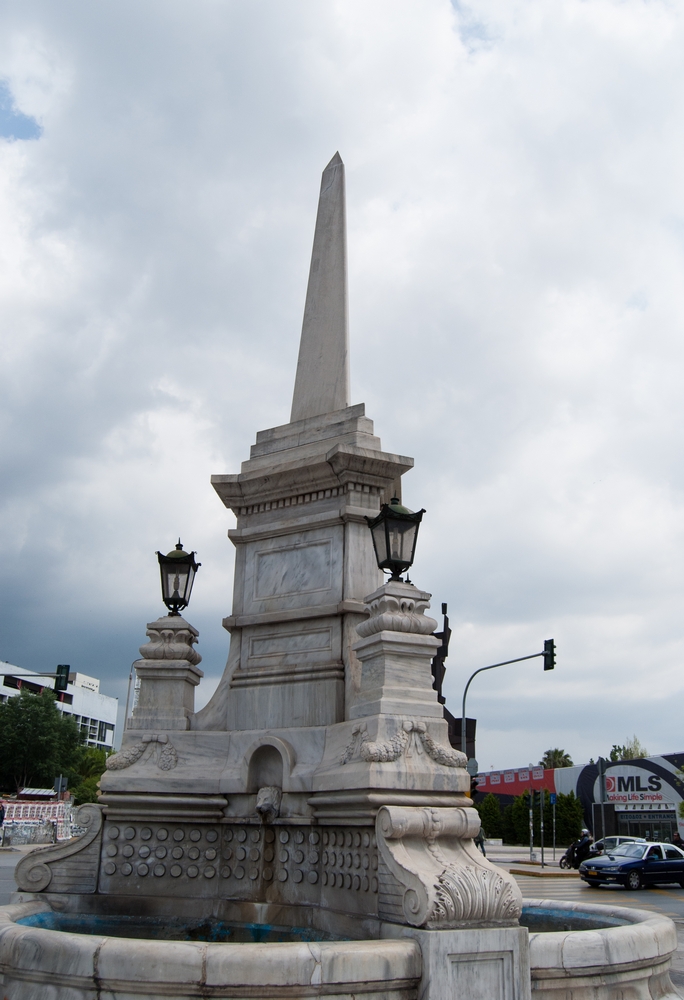Sintrivaniou (Fountain) Square
Sintrivaniou (Fountain) Square has an important sample of the urban furniture of the late Ottoman period.
Location
Timeline
Modern and Contemporary era (1912 - )
1936 Taken down to build roads. The sculpture was shattered and its pieces were initially scattered at YMCA Park and later found at a machine shop.
1977 On April 4th, it was moved to its current position.
2013 The fountain was listed as a monument.
Ottoman era (1453- 1912)
1889 Inaugurated with brilliance, in the presence of international personalities of the time. The fountain was officially called "Chamidie Fountain".











Share